At work I have the problem that I seem to collect a lot of static charge as soon as I leave my desk and return. I am not quite sure why this happens. Strangely enough the effect is stronger the briefer I am away.
Since I work with electronics being charged can damage the things I am working with. So what I am doing at the moment is discharge myself anytime I return at my PC housing. This works, but it always causes flickering in my monitor and sometimes I have to replug my mouse to make it work again.
I know that most electronics have some kind of ESD protection built in, but that these get less and less effective the more they are used and will someday break. That is why I am worried about my equipment in the long term and would like a safer way to discharge myself.
I tried using the earth contact of the mains power outlet, but it hurts a lot more and the effect on my equipment seems to be even worse. I think it has to do with the fact that the PC housing is painted and therefore has a lot higher resistence.

